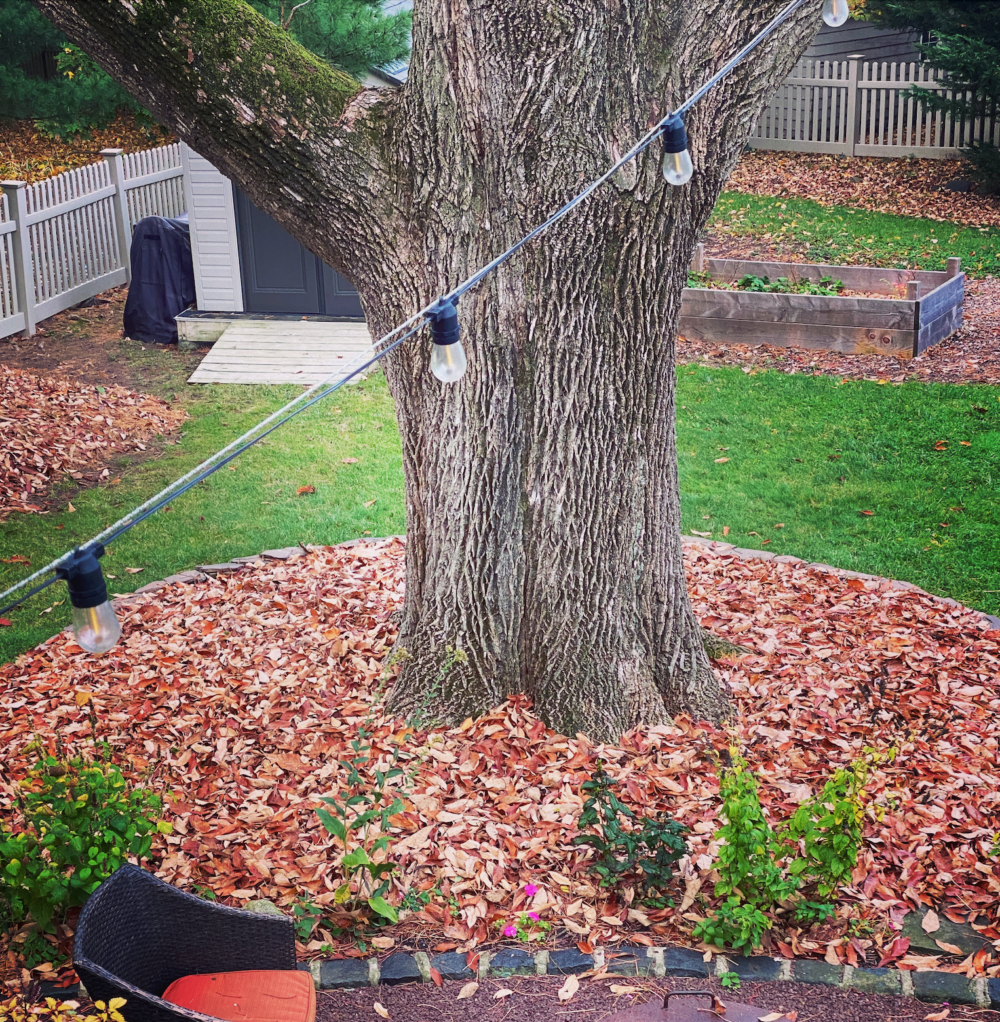We have much more to do and your continued support is needed now more than ever.
From Presidents to Wildlife Gardeners, Monarch Butterflies Need All the Help They Can Get
It’s not often, if ever, that the White House convenes a meeting on the topic of insects. But that’s just what happened three weeks ago when John Holdren, director of the White House Office of Science and Technology Policy, invited more than 60 scientists, conservationists, farmers, community leaders and others to the Eisenhower Executive Office Building to discuss the plight of declining pollinators—with a particular focus on bees and the monarch butterfly.

White House involvement has been spurred in part by pressure from insect conservationists during recent months, including an April 14 letter on behalf of the monarch butterfly that was addressed to President Obama, Secretary of Agriculture Tom Vilsack and Secretary of the Interior Sally Jewell.

Monarch Recovery Initiative
“In light of the severe decline of both the eastern and western monarch butterfly populations that has occurred since the late 1990s, we are writing to ask you to establish a multiagency monarch butterfly recovery initiative to restore the habitats that support the extraordinary migrations of this iconic species,” begins the letter, signed by more than 50 researchers, farmers, educators and leaders of pollinator-conservation organizations, including the Xerces Society for Invertebrate Conservation, Make Way for Monarchs, and Monarch Watch.
Specifically, letter writers propose a large federally-sponsored, landscape-level effort on both public and private lands to plant massive amounts of milkweed, the host plant for monarch caterpillars, and native nectar plants that fuel monarchs during the breeding season and on their epic migrations between central Mexico and backyards across the United States and southern Canada.
There’s no doubt such an effort is warranted: East of the Rocky Mountains, the up to 1 billion monarchs that migrated to Mexico during the 1990s have declined to their lowest numbers in two decades. During the same period, western monarchs, which winter along the coast of California, have decreased by 90 percent. The primary culprit is habitat loss, particularly the elimination of nectar plants and milkweeds across millions of acres of agricultural land in the U.S. Midwest.
Helping Monarchs at Home
The Monarch Recovery Initiative, if enacted, would take considerable time and money before having a significant impact. Meanwhile, all of us, particularly wildlife gardeners, can help monarch butterflies in our own yards and communities. Here’s how:

Plant milkweeds native to your region.
To find out which species are native or to purchase plants, check out Monarch Watch’s Milkweed Market, the Xerces Society’s Project Milkweed or NWF’s American Beauties native plant program.
Cultivate native nectar-producing plants.
Such food sources are particularly critical during spring and fall when monarchs and other animals are migrating. Other butterflies that undertake migrations include the painted lady, red admiral, common buckeye, long-tailed skipper, clouded skipper and cloudless sulfur.
Avoid pesticides on monarch host and nectar plants.
In particular, steer clear of systemic insecticides such as neonicotinoids, which are taken up by the vascular systems of plants. This means butterflies and other pollinators can be exposed to poison long after a product has been applied by feeding on leaves, nectar and pollen.
![]() May is Garden for Wildlife Month—the perfect time of year to establish or improve your habitat for monarch butterflies and other migratory species.
May is Garden for Wildlife Month—the perfect time of year to establish or improve your habitat for monarch butterflies and other migratory species.





















